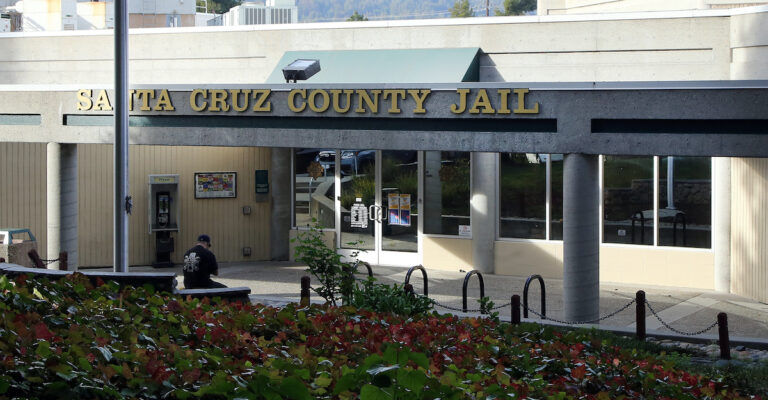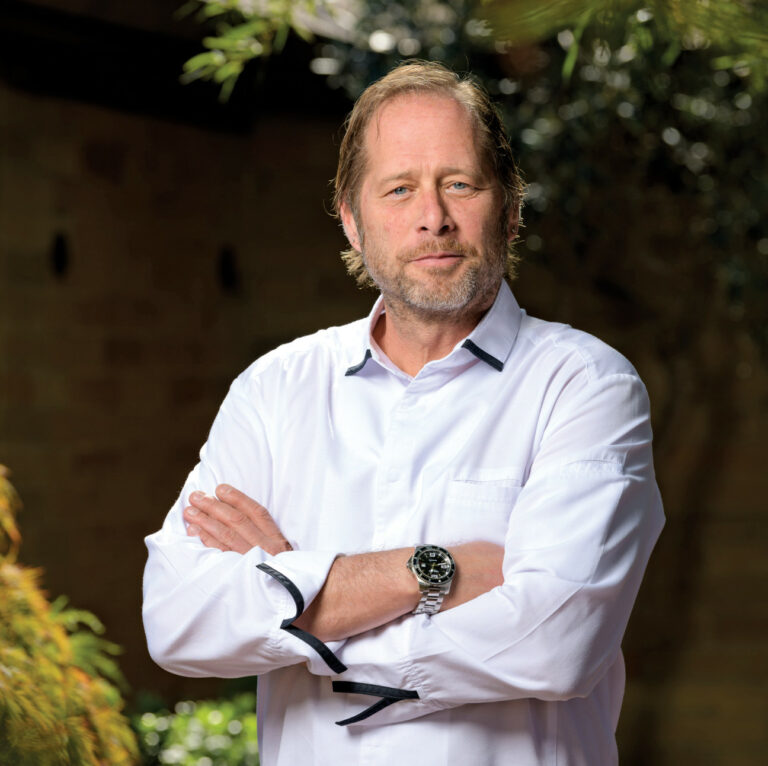ARIES (March 21-April 19): In his poem “Autobiographia Literaria,” Aries-born Frank O’Hara wrote, “When I was a child, I played in a corner of the schoolyard all alone. If anyone was looking for me, I hid behind a tree and cried out, ‘I am an orphan.'” Over the years, though, O’Hara underwent a marvelous transformation. This is how his poem ends: “And here I am, the center of all beauty! Writing these poems! Imagine!” In the coming months, Aries, I suspect that you, too, will have the potency to outgrow and transcend a sadness or awkwardness from your own past. The shadow of an old source of suffering may not disappear completely, but I bet it will lose much of its power to diminish you.
TAURUS (April 20-May 20): In his poem “Auguries of Innocence,” William Blake (1757–1827) championed the ability “to see a World in a Grain of Sand. And a Heaven in a Wild Flower. Hold Infinity in the palm of your hand.” According to my reading of the astrological omens, Taurus, you are primed to do just that in the coming days. You have the power to discern the sacred in the midst of mundane events. The magic and mystery of life will shine from every little thing you encounter. So I will love it if you deliver the following message to a person you care for: “Now I see that the beauty I had not been able to find in the world is in you.”
GEMINI (May 21-June 20): “The time you enjoy wasting is not wasted time,” said philosopher Bertrand Russell. I will add that the time you enjoy wasting is often essential to your well-being. For the sake of your sanity and health, you periodically need to temporarily shed your ambitions and avoid as many of your responsibilities as you safely can. During these interludes of refreshing emptiness, you recharge your precious life energy. You become like a fallow field allowing fertile nutrients to regenerate. In my astrological opinion, now is one of these revitalizing phases for you.
CANCER (June 21-July 22): “My own curiosity and interest are insatiable,” wrote Cancerian author Emma Lazarus (1849–1887). Inspired by the wealth of influences she absorbed, she created an array of poetry, plays, novels, essays and translations—including the famous poem that graces the pedestal of America’s Statue of Liberty. I recommend her as a role model for you in the coming weeks, Cancerian. I think you’re ripe for an expansion and deepening of your curiosity. You will benefit from cultivating an enthusiastic quest for new information and fresh influences. Here’s a mantra for you: “I am wildly innocent as I vivify my soul’s education.”
LEO (July 23-Aug. 22): Blogger Scott Williams writes, “There are two kinds of magic. One comes from the heroic leap, the upward surge of energy, the explosive arc that burns bright across the sky. The other kind is the slow accretion of effort: the water-on-stone method, the soft root of the plant that splits the sidewalk, the constant wind that scours the mountain clean.” Can you guess which type of magic will be your specialty in the coming weeks, Leo? It will be the laborious, slow accretion of effort. And that is precisely what will work best for the tasks that are most important for you to accomplish.
VIRGO (Aug. 23-Sept. 22): “Now that I’m free to be myself, who am I?” Virgo-born Mary Oliver asks that question to start one of her poems. She spends the rest of the poem speculating on possible answers. At the end, she concludes she mostly longs to be an “empty, waiting, pure, speechless receptacle.” Such a state of being might work well for a poet with lots of time on her hands, but I don’t recommend it for you in the coming weeks. Instead, I hope you’ll be profuse, active, busy, experimental and expressive. That’s the best way to celebrate the fact that you are now freer to be yourself than you have been in a while.
LIBRA (Sept. 23-Oct. 22): In her book Tales From Earthsea, Libra-born Ursula K. Le Guin wrote, “What goes too long unchanged destroys itself. The forest is forever because it dies and dies and so lives.” I trust you’re embodying those truths right now. You’re in a phase of your cycle when you can’t afford to remain unchanged. You need to enthusiastically and purposefully engage in dissolutions that will prepare the way for your rebirth in the weeks after your birthday. The process might sometimes feel strenuous, but it should ultimately be great fun.
SCORPIO (Oct. 23-Nov. 21): As a Scorpio, novelist Fyodor Dostoyevsky was rarely guilty of oversimplification. Like any intelligent person, he could hold contradictory ideas in his mind without feeling compelled to seek more superficial truths. He wrote, “The causes of human actions are usually immeasurably more complex and varied than our subsequent explanations of them.” I hope you will draw inspiration from his example in the coming weeks, dear Scorpio. I trust you will resist the temptation to reduce colorful mysteries to straightforward explanations. There will always be at least three sides to every story. I invite you to relish glorious paradoxes and fertile enigmas.
SAGITTARIUS (Nov. 22-Dec. 21): Author Zadie Smith praised Sagittarian writer Joan Didion. She says, “I remain grateful for the day I picked up Joan Didion’s Slouching Towards Bethlehem and realized that a woman could speak without hedging her bets, without hemming and hawing, without making nice, without sounding pleasant or sweet, without deference and even without doubt.” I encourage Sagittarians of every gender to be inspired by Didion in the coming weeks. It’s a favorable time to claim more of the authority you have earned. Speak your kaleidoscopic wisdom without apology or dilution. More fiercely than ever before, embody your high ideals and show how well they work in the rhythms of daily life.
CAPRICORN (Dec. 22-Jan. 19): Capricorn novelist Marcia Douglas writes books about the history of her people in Jamaica. In one passage, she writes, “My grandmother used to tell stories about women that change into birds and lizards. One day, a church-going man dared to laugh at her; he said it was too much for him to swallow. My grandmother looked at him and said, ‘I bet you believe Jesus turned water into wine.'” My purpose in telling you this, Capricorn, is to encourage you to nurture and celebrate your own fantastic tales. Life isn’t all about reasonableness and pragmatism. You need myth and magic to thrive. You require the gifts of imagination and art and lyrical flights of fancy. This is especially true now. To paraphrase David Byrne, now is a perfect time to refrain from making too much sense.
AQUARIUS (Jan. 20-Feb. 18): To be the best Aquarius you can be in the coming weeks, I suggest the following: 1. Zig when others zag. Zag when others zig. 2. Play with the fantasy that you’re an extraterrestrial who’s engaged in an experiment on planet Earth. 3. Be a hopeful cynic and a cheerful skeptic. 4. Do things that inspire people to tell you, “Just when I thought I had you figured out, you do something unexpected to confound me.” 5. Just for fun, walk backward every now and then. 6. Fall in love with everything and everyone: a D-List celebrity, an oak tree, a neon sign, a feral cat.
PISCES (Feb. 19-March 20): A blogger who calls herself HellFresh writes, “Open and raw communication with your partners and allies may be uncomfortable and feel awkward and vulnerable, but it solves so many problems that can’t be solved any other way.” Having spent years studying the demanding arts of intimate relationship, I agree with her. She adds, “The idea that was sold to us is ‘love is effortless and you should communicate telepathically with your partner.’ That’s false.” I propose, Pisces, that you fortify yourself with these truths as you enter the Reinvent Your Relationships Phase of your astrological cycle.
Homework: What bold dream may not be beyond your power to achieve? NewsletterFreeWillAstrology.com.
























